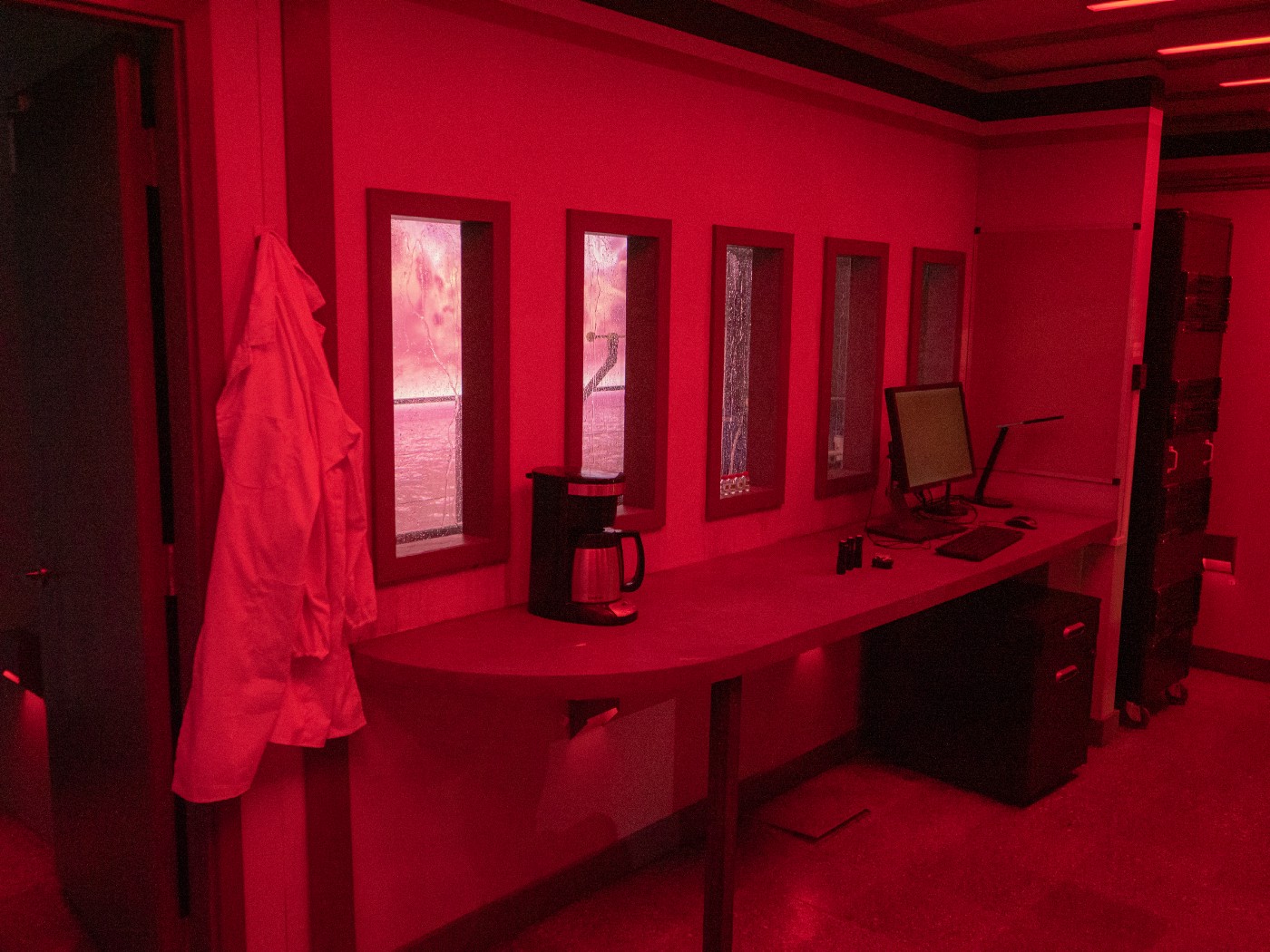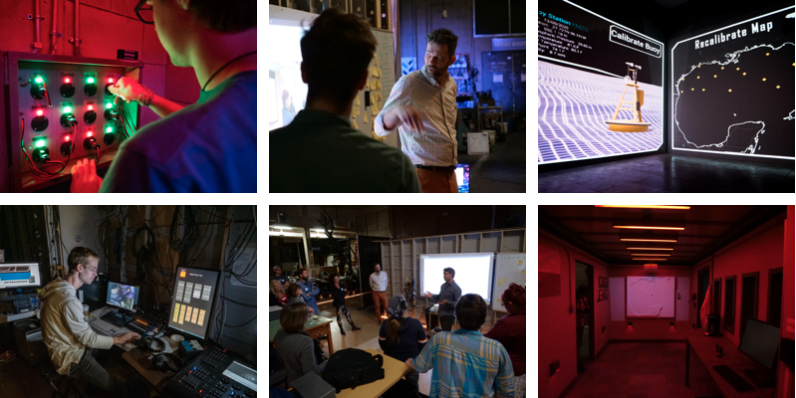
We learn better when we experience something.
Over the course of my career as a leader in design, both in the private sector and in academia, I’ve seen design used in expected ways to create graphics and products and even to change human behavior. But as more people become aware of the value of design in its own right, it has moved beyond the arts and into every discipline, from medicine and engineering to urban planning and organizational management. And possibly for the first time ever, we can now use design to translate complicated data and information into a visual — even visceral — event that teaches us something new by immersing us in it.
Take climate change, for example. There is so much rich information that exists about air and water quality, agriculture, geology, and weather patterns, but it can also be overwhelming and hard to process. Hurricane Harvey and Australia’s wildfires show us how climate change threatens our livelihood, but even those events can feel far away and abstract in terms of preventability and preparation.
So what do we do? Well, I’m proud to say that the College of Fine Arts at The University of Texas at Austin has been working with the Planet Texas 2050 grand challenge team as we teach courses in which students learn to build climate-themed, immersive experiences. Students and faculty came together with skills in game design, set design, projection & lighting, sound, art and engineering to develop and construct a fully operational escape room prototype that places participants in the shoes of scientists on an observational platform in the middle of the Gulf of Mexico during a devastatingly powerful hurricane that’s intensifying quickly. They must warn coastal residents of the impending storm surge while coordinating their own helicopter rescue before evacuation becomes impossible.
In fact, as part of this project, the college offered seven classes last semester across multiple disciplines, including courses from the Department of Theatre and Dance and from Arts and Entertainment Technologies in the School of Design and Creative Technologies. Texas Applied Arts in Texas Performing Arts supported the project by offering facilities and fabrication space, as well as supporting staff.
At the same time, Fine Arts faculty consulted with Planet Texas 2050 researchers from the Marine Science Institute, the Center for Water and the Environment, and even UT’s own meteorologist Troy Kimmel to design a realistic experience based on actual data and future projections of storm intensity. Participants come away understanding the devastating effects these weather events have on our lives, in part because what they’ve encountered — while imagined — isn’t entirely fictionalized.


This month, I’ll be moderating a featured session at SXSW Interactive entitled “Escaping Doom: Transforming Science into Experience.” We’ll show audience members how to transform hard-to-digest climate science and data into an educational experience that is sensory, emotional, and immediately relevant.
Our SXSW panel includes Dr. Fernanda Leite, a Cockrell School of Engineering and Planet Texas 2050 researcher; David Kramer, the global lead of digital experiences at Gensler; and Marc Petit, General Manager at Epic Games. Together, we’ll discuss how visualization, gaming, lighting and the built experience have the power to show people what could happen and — essentially — what will happen as the climate crisis continues to wreak havoc on our communities. This example of how design and technology have the power to make complex data and concepts feel accessible is exciting and, in all honestly, urgent.
Design is changing how we interact with information. And while its origin may be in the arts, its value extends into every discipline and industry.
I hope to see you at SXSW.
Hook ’em!

